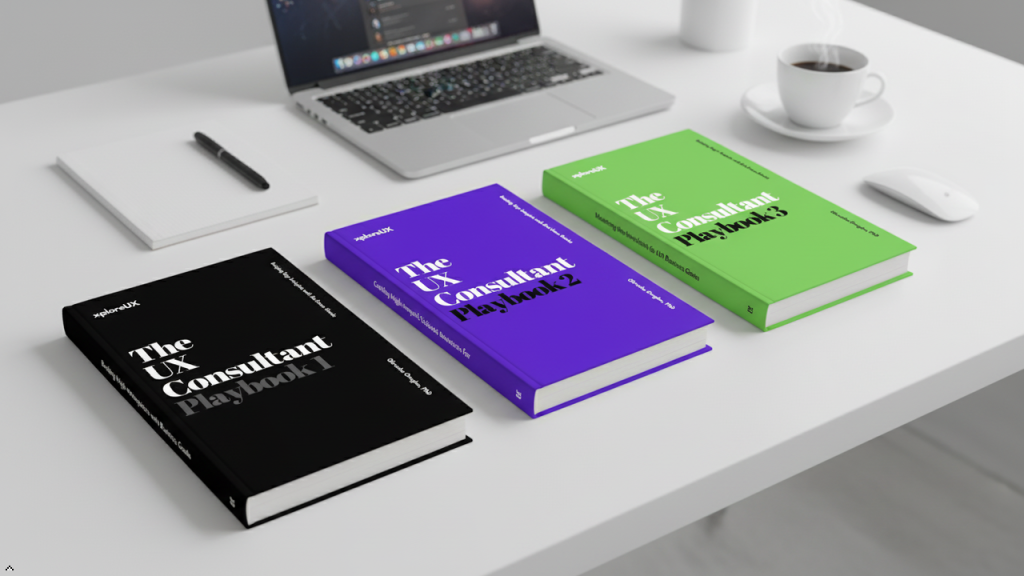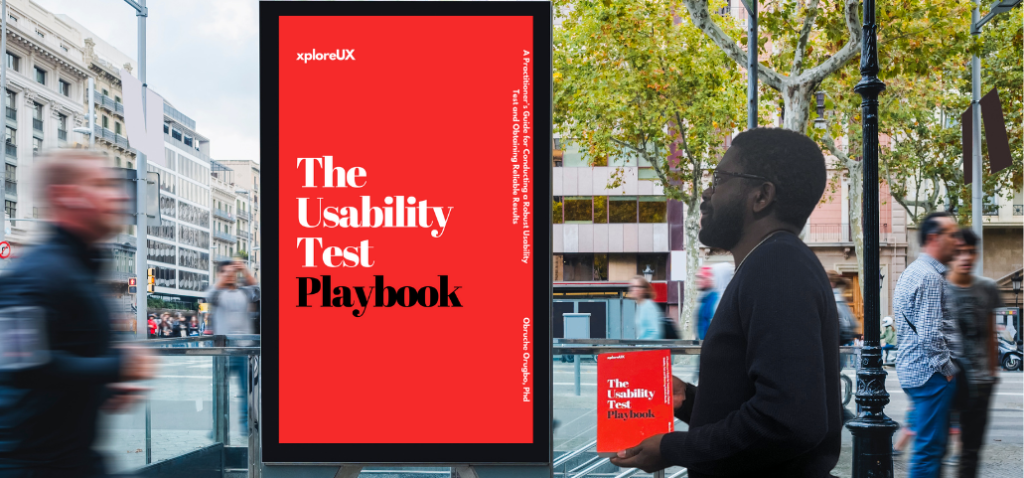
User Feedback Loops are essential in the dynamic world of digital interaction, where every click and scroll shapes the user journey. Understanding usability is not just a luxury—it’s a necessity. User Feedback Loops have emerged as a crucial mechanism for enhancing this understanding, providing real-time insights that drive continuous improvement and innovation. Imagine your digital product not as a static entity but as a living, breathing ecosystem, constantly evolving through the feedback of its users. This feedback isn’t a mere suggestion box; it’s a powerful loop that captures user behavior, preferences, and pain points, translating them into actionable data that can refine and redefine the user experience.
At the heart of successful digital design lies the ability to listen and adapt. User feedback loops bridge the gap between the creators and the users, transforming raw opinions and experiences into a treasure trove of actionable insights. This continuous cycle of feedback and response empowers developers and designers to pivot quickly, addressing issues and enhancing features in ways that align closely with user expectations and needs. The result? Products that resonate more deeply, leading to higher satisfaction, increased engagement, and ultimately, a more loyal user base.
The beauty of user feedback loops is their ability to democratise the development process. They ensure that users are not just passive recipients of technology but active participants in its evolution. By leveraging tools such as surveys, usability tests, and analytics, companies can gather a diverse range of perspectives, from the enthusiastic early adopter to the meticulous critic. Each piece of feedback becomes a stitch in a larger fabric, weaving a comprehensive picture of how the product functions in the real world and where it can be improved.
At its core, a user feedback loop is a continuous cycle where users provide feedback on their experiences, which is then analysed and used to improve the product or service. This iterative process ensures that the needs and expectations of users are continually met and exceeded. Imagine you are using a new app that tracks your fitness goals. After a few days, you notice some features that could be improved—perhaps the interface is confusing, or certain functions are not intuitive. By sharing your feedback, you become an integral part of the app’s development, helping to refine and enhance its usability.
For young innovators and tech enthusiasts, the concept of feedback loops is a golden opportunity. It’s a chance to actively participate in shaping the tools and platforms you use daily. It empowers you to be more than just a user; you become a co-creator in the technology landscape. This engagement fosters a deeper connection to the products and services, turning everyday interactions into meaningful contributions to the tech community.
To effectively harness the power of user feedback loops, it’s essential to understand the mechanics behind collecting and analysing feedback. There are several methods to gather user insights, each offering unique advantages. Surveys, for example, provide structured data on user preferences and pain points, offering quantitative insights that can guide feature enhancements. User interviews, on the other hand, offer qualitative data, providing a deeper understanding of the user’s emotional and cognitive responses to the product.
For the tech-savvy 18 to 30-year-old demographic, participating in these feedback mechanisms can be a gratifying experience. By contributing your insights, you are not only helping to improve the product but also honing your analytical and communication skills. This active engagement is a stepping stone toward becoming a more informed and impactful participant in the digital ecosystem.
In a world where immediacy is key, real-time feedback has become a game-changer. For many young professionals and students, the immediacy of communication tools like live chat support or in-app feedback forms resonates with their fast-paced lifestyles. Real-time feedback allows for quick adjustments and agile responses to user needs, fostering a dynamic development environment where user concerns are addressed almost instantaneously.
This immediate feedback loop aligns perfectly with the agile development methodology, which emphasizes rapid iteration and continuous improvement. As you provide feedback on a new app or software feature, developers can quickly integrate your suggestions, leading to faster, more effective enhancements. This real-time interaction not only improves the product but also creates a sense of community and collaboration, where your voice is heard and valued.
User testing is a cornerstone of effective feedback loops, providing direct insights into how users interact with a product in real-world scenarios. For young adults who are often early adopters of new technology, participating in user testing can be both an enlightening and influential experience. It offers a firsthand look at the challenges and triumphs of product development, providing valuable lessons in usability and design thinking.
Imagine being part of a beta testing group for a new game or app. Your feedback on the user interface, navigation, and overall experience directly influences the final product. This involvement not only enhances your understanding of usability principles but also provides a tangible sense of contribution to the tech community. It’s an opportunity to shape the future of technology, ensuring that the tools and platforms you use are intuitive, engaging, and effective.
While user feedback loops offer tremendous benefits, they are not without challenges. Collecting and analysing feedback can sometimes feel overwhelming, particularly when dealing with large volumes of data. Additionally, interpreting user feedback accurately requires a keen understanding of both the product and the user’s perspective, which can be a complex task.
For young professionals, these challenges present an opportunity to develop critical problem-solving skills. By engaging with feedback tools and methodologies, you can learn to navigate these complexities, honing your ability to analyse data, prioritise issues, and implement effective solutions. Whether you’re a developer, designer, or marketer, mastering the art of user feedback loops equips you with a valuable skill set that is highly sought after in the digital age.
One of the most compelling aspects of user feedback loops is their direct impact on usability. By continuously refining and enhancing products based on user input, developers can create more intuitive, user-friendly experiences. For instance, feedback-driven improvements in app navigation, feature accessibility, and overall design can significantly enhance user satisfaction and engagement.
For the 18 to 30-year-old demographic, who are often at the cutting edge of technology use, these improvements translate into more enjoyable and effective interactions with digital tools. Whether it’s a new social media platform, a productivity app, or an online learning tool, the benefits of improved usability are tangible. Enhanced usability not only makes your daily interactions smoother but also increases your efficiency and satisfaction with the technology you use.
To illustrate the power of user feedback loops, let’s consider a few real-world examples. Take the case of Slack, the popular team collaboration tool. In its early days, Slack relied heavily on user feedback to refine its features and improve usability. By listening to user suggestions and quickly implementing changes, Slack was able to create a product that resonated deeply with its target audience, leading to widespread adoption and success.
Another example is Instagram, which has continually evolved based on user feedback. From introducing new filters and editing tools to refining its algorithm, Instagram has used feedback loops to stay relevant and engaging. This adaptability has made it a favorite among young users, who appreciate the platform’s responsiveness to their needs and preferences.
These case studies highlight how user feedback loops can drive innovation and success. For young adults aspiring to create or work with cutting-edge technology, they serve as powerful examples of how engaging with user feedback can lead to remarkable achievements and lasting impact.
User feedback loops also play a crucial role in community building. By creating avenues for users to share their thoughts and suggestions, companies can foster a sense of belonging and collaboration. For the younger generation, who value community and connectedness, this aspect of feedback loops is particularly appealing.
Participating in user feedback not only enhances your sense of connection to a product but also to the broader community of users. Whether it’s through forums, social media, or direct communication with developers, these interactions build a network of engaged, invested individuals who share a common goal of improving the product. This community-driven approach to feedback not only strengthens the product but also enriches your experience as a user and contributor.
Looking ahead, the future of user feedback loops is bright and full of potential. As technology continues to advance, new tools and methods for collecting and analysing feedback will emerge, offering even more precise and actionable insights. For young adults, this evolving landscape presents exciting opportunities to be at the forefront of innovation, shaping the future of usability and user experience.
Emerging technologies like artificial intelligence and machine learning are already transforming how feedback is gathered and utilised. These tools can analyse vast amounts of data quickly and accurately, providing deeper insights into user behavior and preferences. For tech enthusiasts and innovators, understanding and leveraging these advancements will be key to creating the next generation of user-centric products and services.
In conclusion, user feedback loops are a powerful tool for enhancing usability and creating more intuitive, engaging digital experiences. By actively engaging with feedback mechanisms, you can contribute to the development of better, more user-friendly products, while also honing valuable skills in data analysis, problem-solving, and community building.
As you navigate the ever-evolving digital landscape, embrace the power of feedback. Whether you’re using a new app, testing a beta version of a game, or contributing to an online platform, your insights and suggestions are invaluable.
They not only shape the products you use but also drive innovation and improvement across the tech industry. By harnessing the potential of user feedback loops, you can enhance your understanding of usability and play a pivotal role in creating a more connected, intuitive digital world.




